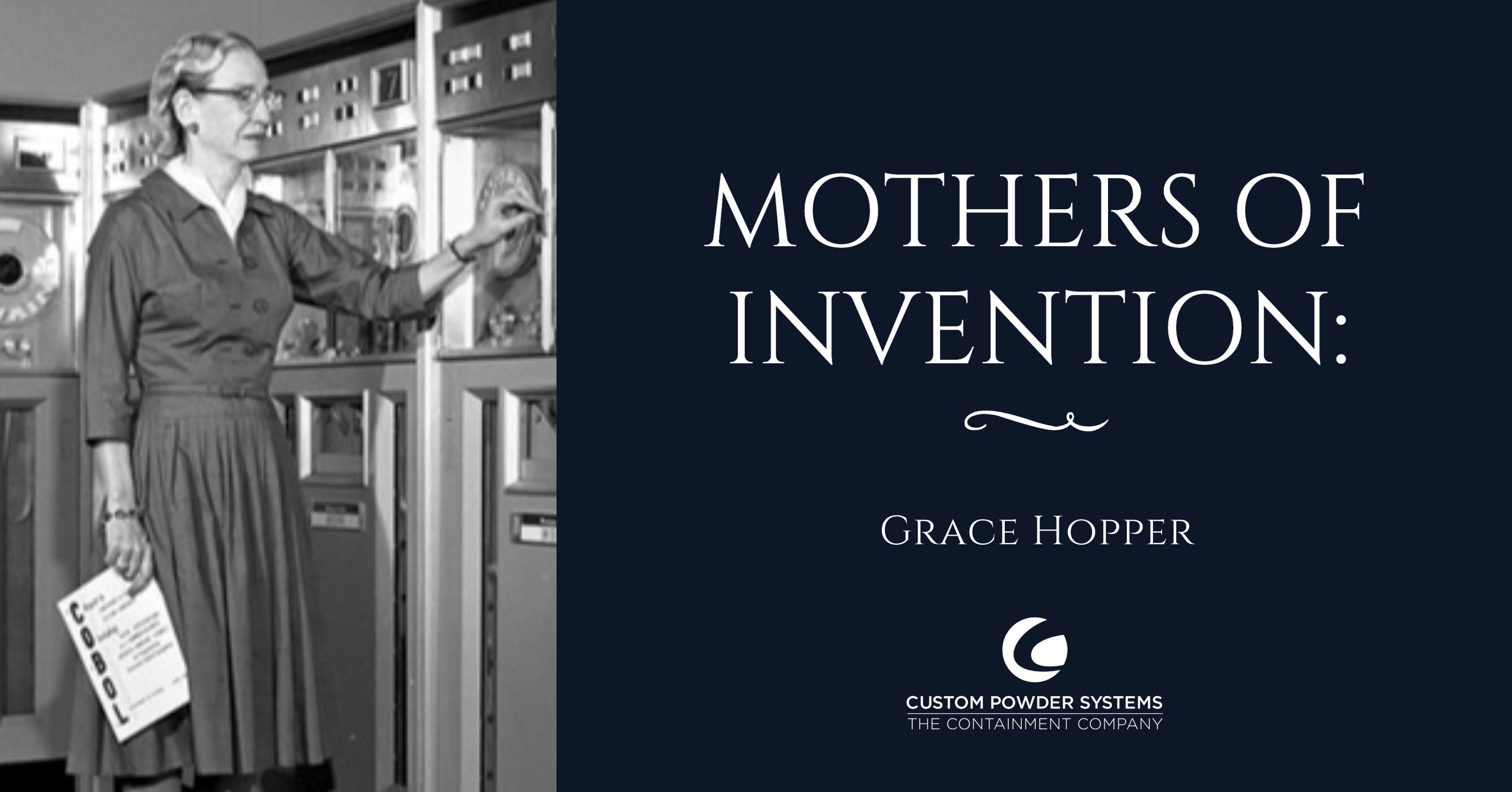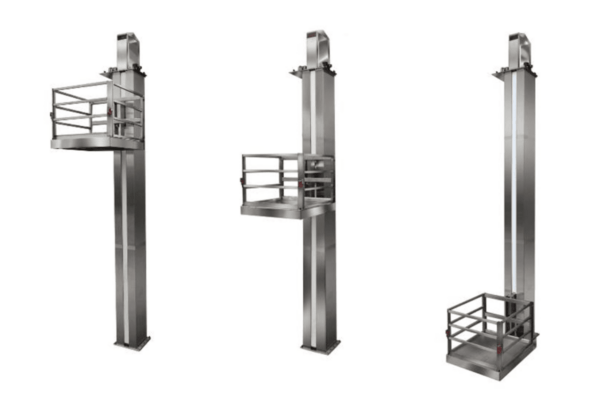In the early 19th century, the invention of the seismograph, a device that records ground movements caused by seismic waves, marked a pivotal moment in earthquake detection. However, the idea for the instrument was not all that new. The first device meant for this purpose was introduced within the first two centuries AD!
Historically, seismographs have played a crucial role in unraveling the mysteries of our planet’s seismic activities. While modern devices have quite a bit of specialized electronic technology, the first iteration of the earthquake detector was created thousands of years ago!
Catching Waves
Almost 2,000 years before the seismograph, there was the seismoscope – a device believed to have been invented around 132 AD by Chinese scholar Zhang Heng. This vase-like instrument featured eight dragon heads in a circle, each holding a ball in their mouth that would fall with earth vibrations and be caught by the frogs below, making a noticeable sound. Its design was a true combination of science and art.
Surprisingly, the next major development in earthquake detection didn’t materialize until the mid-1800s, when Italian scientist Luigi Palmieri designed a seismometer consisting of several U-shaped tubes filled with mercury and situated around a compass. Movement from earthquakes would displace the mercury, making electrical contact, stopping a clock, and starting a recording device that would measure the motions of a float on the liquid’s surface.
Finally, in 1875, Italian physicist Filippo Cecchi created the first true seismograph. Using pendulums to stop a clock and start a recording surface that tracked ground motion, this was the first device to determine when an earthquake started, its intensity, and how long it lasted.
The Seismograph’s Evolution
Within the next few years, English geologist John Milne developed the device further to measure the distance to an earthquake’s epicenter. It consisted of a pendulum suspended over a rotating drum, with a stylus attached to the pendulum. When the ground shook, the pendulum’s inertia caused the stylus to move, recording the seismic waves on the rotating drum.
As technology advanced, so did the seismograph. The advent of electronics allowed for more sophisticated and accurate data collection and analysis. Modern seismographs are equipped with sensitive sensors and digital recording systems, enabling scientists to monitor earthquakes in real-time, detect even minor tremors, and gather vital data for research and disaster preparedness.
Practical Uses and Lifesaving Impacts
The primary purpose of seismographs is to monitor and measure seismic activities, aiding in earthquake research and prediction. By analyzing the data collected from seismographs, scientists can gain insights into the Earth’s inner workings, including the movement of tectonic plates and the buildup of stress along fault lines.
Seismographs are also crucial in early warning systems, particularly in earthquake-prone regions. By detecting the initial, less destructive seismic waves (P-waves), seismographs can provide valuable seconds to minutes of warning before the more damaging waves (S-waves and surface waves) arrive. This advance notice can make a vital difference, allowing people to take cover, evacuate, or shut down critical systems to prevent further damage.
Beyond earthquake prediction and disaster management, seismographs contribute to the advancement of engineering and infrastructure design. The data gathered from seismographs help engineers create structures that can withstand the forces of seismic events, minimizing damage and ensuring the safety of buildings, bridges, and other vital infrastructure.
The invention and evolution of the seismograph have led to profound advancements in our understanding of the Earth’s dynamic processes and the mitigation of seismic risks. From the humble seismoscope of the past to the sophisticated digital detectors of today, these devices have reshaped how we perceive and respond to earthquakes in a seismic way.
If you enjoyed this invention story, you might also like these about automatic doors, NASA tools, and electric cars.
To learn more about Custom Powder Systems and the art of engineering, sign up for our newsletter.







